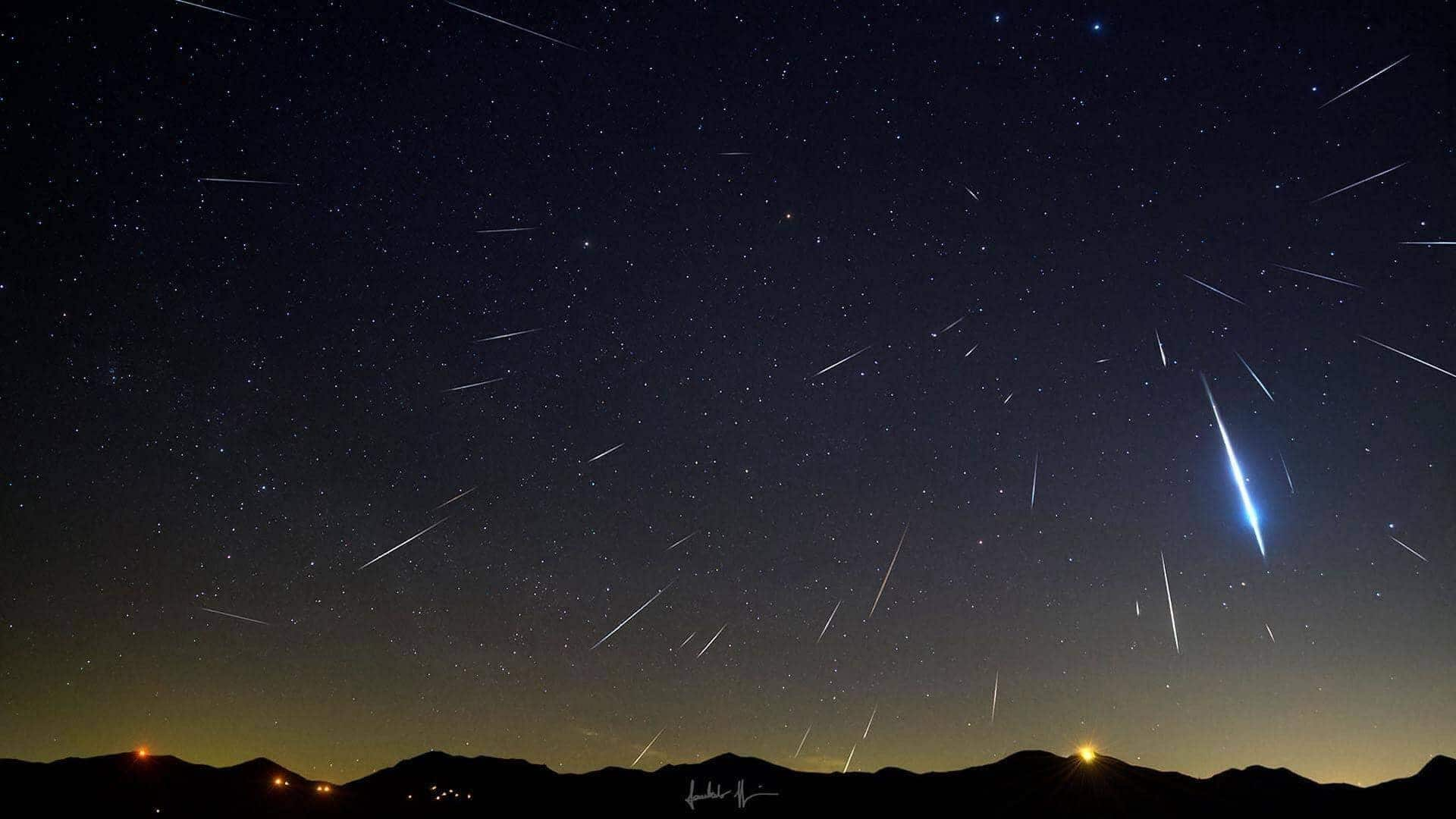
Lyrid meteor shower peaks next week—When and how to watch
What's the story
The Lyrid meteor shower, a spring hallmark in the Northern Hemisphere, will peak on April 21-22.
This year's display promises to be extraordinary owing to nearly moonless night skies.
According to the American Meteor Society, as many as 18 "shooting stars" per hour could be visible at peak times.
For North America, the best viewing will be just after sunset due to daylight coinciding with the peak and a waning crescent moon rising post-midnight on April 21.
Meteor source
Origin and radiant point of the Lyrids
The Lyrid meteor shower is an annual celestial event caused by debris from Comet Thatcher (C/1861 G1), discovered in 1861.
The comet, named after the year of its discovery, takes about 422 years to orbit the Sun. It will next visit our inner solar system in 2283.
Although appearing anywhere in the night sky, these meteors are named after the constellation Lyra as this is where they seem to originate—an area known as a meteor shower's radiant point.
Capturing meteors
Tips for watching the Lyrid meteor shower
Active from April 16-25, the Lyrid meteor shower can create bright "shooting stars" or fireballs, making it the perfect event for astronomy enthusiasts.
To fully enjoy this celestial event, it is advised to select a dark, open place away from city lights.
Letting your eyes adjust to the darkness for 15-20 minutes before viewing is also advised.
Upcoming event
Following Lyrids, Eta Aquarids meteor shower to peak
As the Lyrid meteor shower starts to fade, another celestial event will take its place: the Eta Aquarid meteor shower.
This upcoming spectacle will be best viewed from the Southern Hemisphere and is active from April 19 to May 28.
The Eta Aquarid meteor shower peaks on May 4-5 and seems to originate from the constellation Aquarius, but its source is Halley's Comet.
During this peak period, around 60 shooting stars can be seen per hour from the Southern Hemisphere.